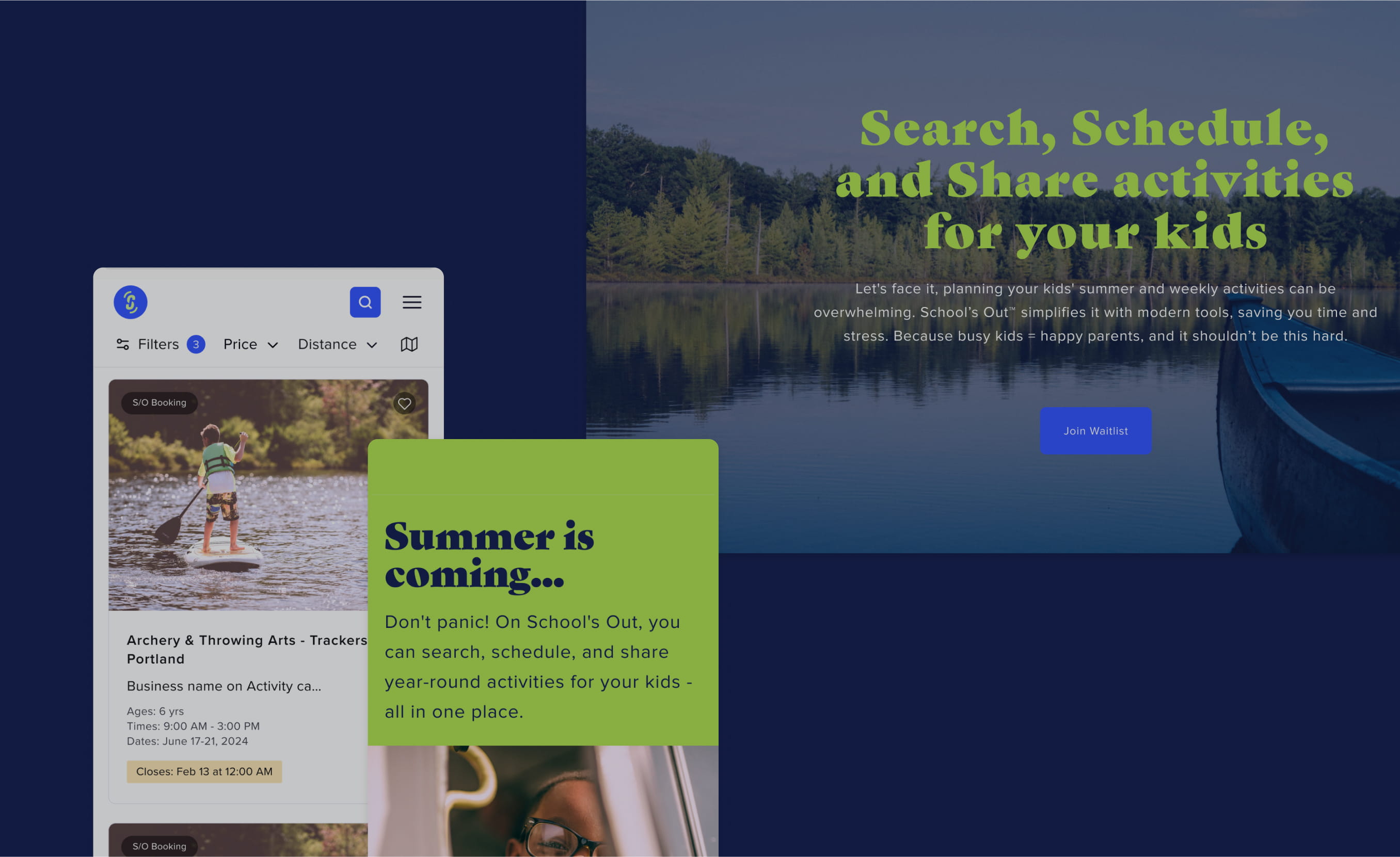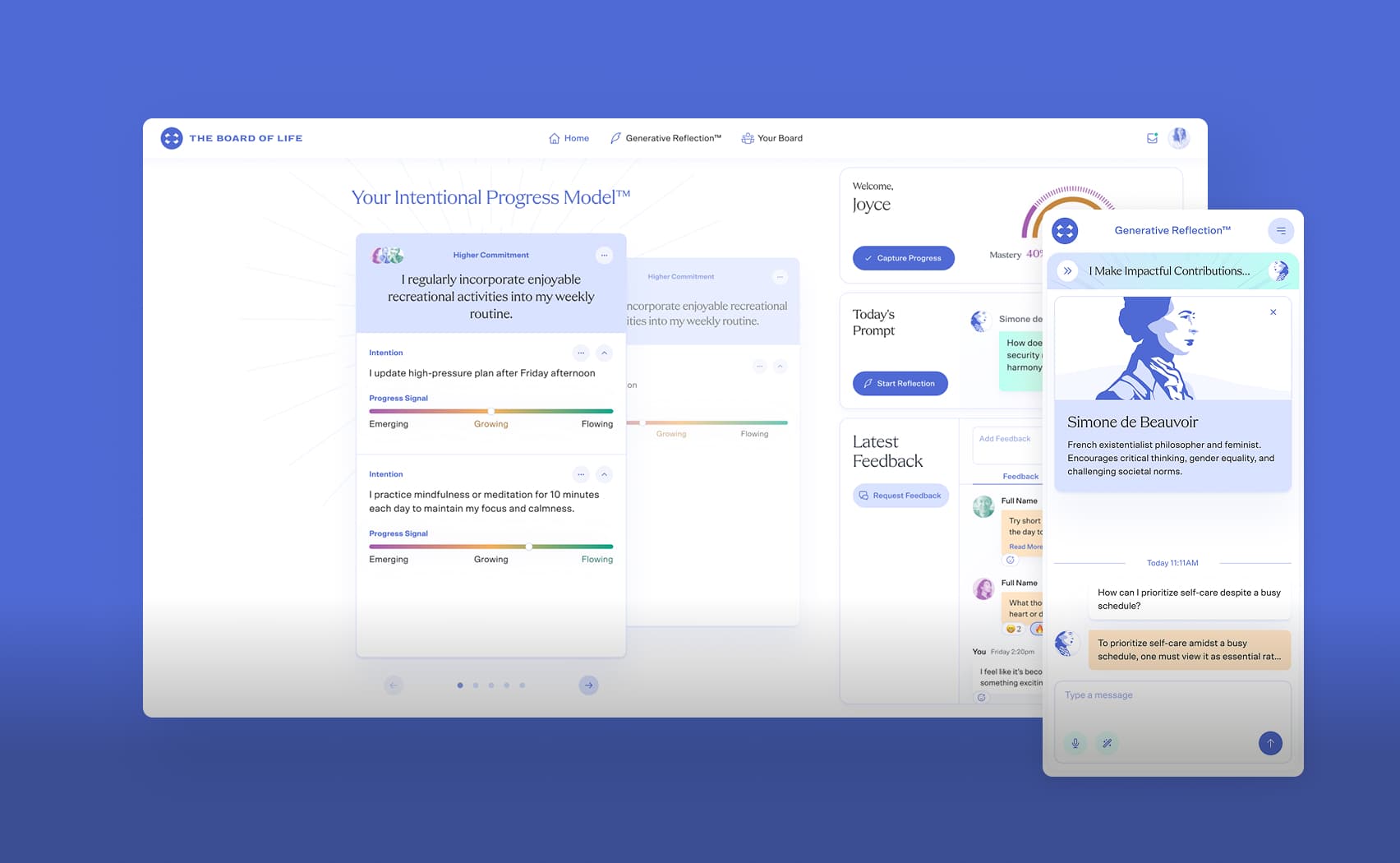Why AI should be a default utility in any software product
A couple decades ago, the term “web based” was applied to a minority of software applications. But today it is practically a default designation. Now, a similar change is happening with AI. Developers should consider “AI-based” and "AI-driven" as a default designation for nearly all new software projects.
In recent months, there has been an incredible proliferation of new AI tools. Some of this is just hype. But much of it is justified: now is the moment when AI tools finally can enter the mainstream. There is a growing consensus that new software should be designed with the possibilities of AI in mind.
There are several reasons for this:
- AI is more accessible than ever before.
- AI has more applications than ever before.
- The best uses for AI are are hard to predict
- Customers may be attracted to AI for its own sake
AI is more accessible than ever before
Although “AI” is really more of a marketing term than anything else at this point, it does refer to a large umbrella of mostly Deep Learning based predictive algorithms. And the number of such programs has been exploding rapidly for over a decade now.
Part of the reason for this development is that a few decades of the global internet has created a lot of data. And data is the fuel that feeds AI programs.
As AI has become more and more popular, AI startups have received more and more funding, leading to more and more products on the market. Today we have not only the products offered by big names like OpenAI and Midjourney, but also open source alternatives like OpenDialog.
According to IBM, now about 35% of businesses report using AI. That number could very easily be over half by the end of the year, and approaching 100% in the years to come.
AI has more applications than ever before
Again, a decade of tinkering has really added up. Just to get a sense of the wide variety of tasks that have been tackled by modern AI, here is a brief (and non-exhaustive) list:
- Image recognition
- Image generation
- Text generation
- Voiceover production
- Beating Chess and Go
- Identifying problems in ultrasounds
- Identifying errors in payroll data
While AI has been applied with some success to practically all domains of common human activity, there is one important omission: no general purpose AI. Instead, we have a wide basket of specific applications for specific problems.
This is not to say, however, that every AI application has been equally successful. Part of this is because the risk factor varies across domains. For example, although there exist self-driving cars that have a high degree of accuracy, the risks involved with driving are prohibitively high.
The best uses for AI are hard to predict
In a recent article, I discussed the potential future of generative AI. Instead of making wild predictions, I tried to show how we can understand what could happen based on a model called the Gartner Hype Cycle.
In the Hype Cycle, new technologies move through different stages until they reach their final form, called the Plateau of Productivity. This is the point at which people know exactly what the technology is good at, and continue to use it for just that purpose.
Unfortunately, it is difficult to tell what the valid long-term use cases for any particular technology will be. We often get it wrong, expecting it to do one thing, yet years later find we only use it for something completely different.
Software itself is a perfect example of this. Originally invented to help solve codes in World War II, it is now used for thousands of applications that would have been inconceivable 80 years ago.
This is why it’s important to make AI a default function for new projects: we need to experiment with lots of ideas to find out what really works. Perhaps many things we try now will seem silly later, but we won’t know until we try them.
And importantly for startups, being the first to try a successful application gives you a huge advantage over your competitors in the marketplace.
Customers may be attracted to AI for its own sake
AI attracts attention. People were so excited when DALL-E and ChatGPT came out last year, that they will be excited to try every new little AI feature on the market.
If nothing else, having a useful AI function will set you apart from your competitors. It will also give you another selling point for use in marketing materials.
Moreover, showcasing your company’s ability to handle AI will signal that it is technologically competent and up-to-date.
When you shouldn’t use AI
There are exceptions to every rule, and this rule is no exception. While most new projects should strive to incorporate AI in some way, there are a few cases when it might not be such a good idea.
The first is with very simple ideas, where past examples already exist, and the goal is to be as minimalistic as possible. Perhaps you want to build a simple calculator app, and emphasize its minimalist style and lack of bloated features. With this sort of thing, adding AI might distract from the essence of the program, while pushing away potential customers who just don’t want AI features.
The other case is in domains where absolute perfect accuracy is required. This is because AI programs, despite being quite powerful, are ultimately probabilistic, and can fail. In this case it may be wiser to stick with tried-and-true methods.
Consider self-driving cars. They may make the right decision 99.9% of the time, but that last .1% could be fatal. On the other hand, an image generation program would have zero real world consequences for the .1% of the time it draws a cat wrong. That’s why there are tons of AI image generation programs on the market but no full self-driving cars.
AI as the New Normal
Nothing stays still in the tech world. It is our responsibility as developers to keep on top of the latest changes, and implement them as part of our work in the most intelligent way possible.
In the past, this has meant waves of new ideas coming suddenly and taking over the entire tech world within a few years. Think of the rise of mobile over the last decade, the origins of Web 2.0 in the decade before that, and even the internet as we know it in the decade before that.
While those have been the really big waves, there have also been smaller waves happening in between. Think of Blockchain and IoT, which have both left their marks without becoming as all-encompassing as mobile or the internet itself.
Right now, it is too early to tell what kind of wave AI will be. But whether it completely transforms information technology as we know it, or remains restricted to a smaller portion of the web, we have to experiment, adapt, and create to find out.



